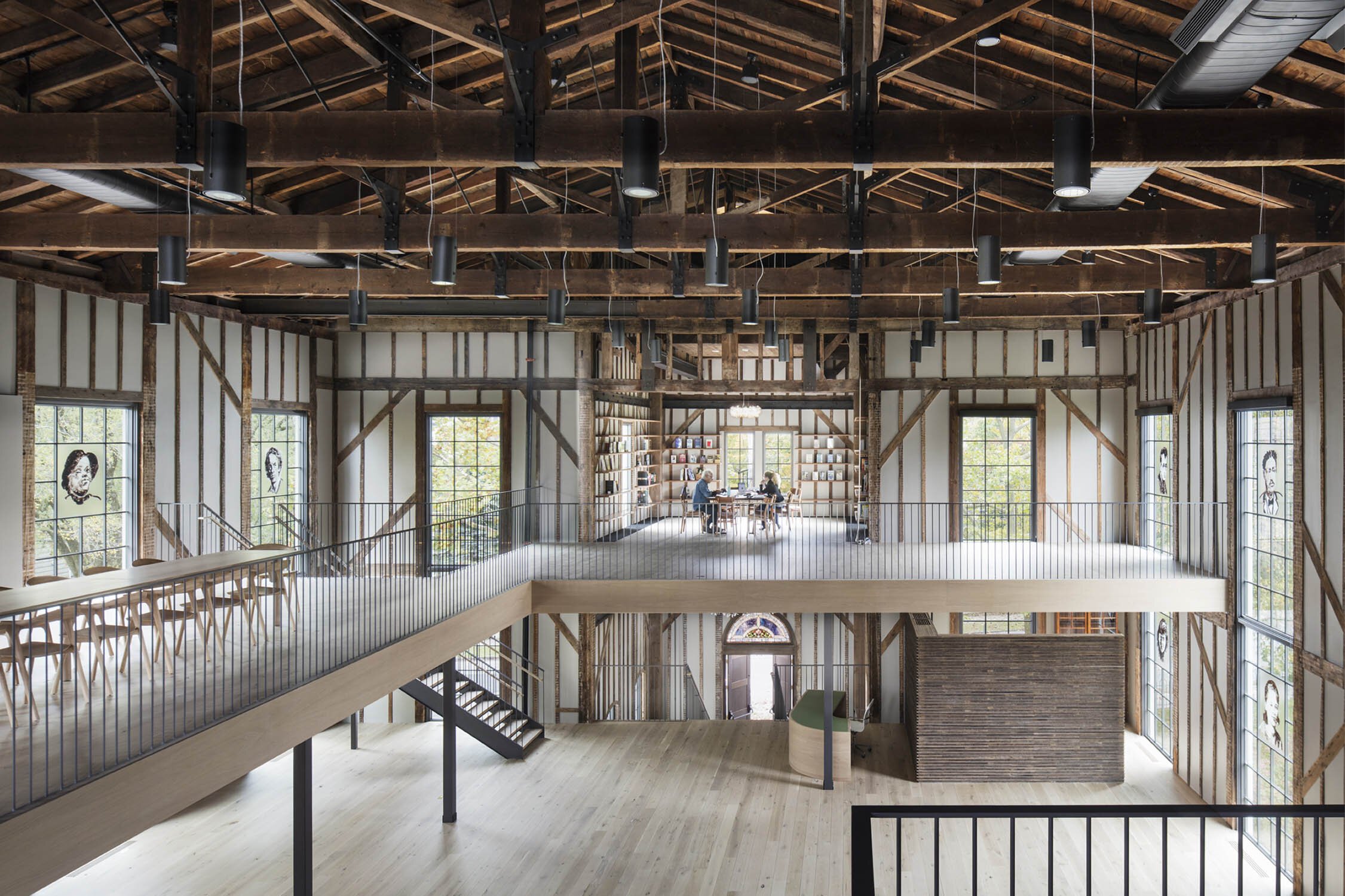
Return to A Place By The Sea
February 5 - May 27, 2023
This exhibition celebrates the works four African-American abstract artists: Nanette Carter, Gregory Coates, Al Loving, and Frank Wimberley.
In 1999, Jim Richard Wilson, director of the Rathbone Gallery at Russell Sage College in Albany curated an exhibition called A Place by the Sea that explored the work of these four artists. It travelled to Christiane Nienaber Contemporary Art in New York and the Arlene Bujese Gallery in East Hampton. Wilson emphasized the sense of community between them. They were influenced by the experimental nature of Jazz. They shared connections to The Studio Museum in Harlem which supported them, the Cinque Gallery in New York where they showed, and Sag Harbor’s historic districts of Eastville and Sag Harbor Hills, Azurest and Ninevah Beach (SANS) that provided them with a haven to work, socialize, and relax. Wilson argued that the idea of place for these artists was not geographical but rather a network of relationships that nurtured them.
Over two decades later, much has changed. Al Loving sadly passed away in 2005. Gregory Coates moved to Connecticut. Nanette Carter no longer has a house here and Frank Wimberley lives mostly in New York. The Cinque Gallery closed in 2004, Christiane Nienaber Contemporary Art in 2002, and Arlene Bujese Gallery followed suit in 2007. As well, the village of Sag Harbor is a vastly different place. Nevertheless, the work of these four artists stands as a testament to a fruitful moment of fellowship as well as these artists’ own individual ambitions, ideas, and stylistic innovations. Revisiting and recontextualizing the 1999 show, this exhibition highlights work from the 1990s alongside those of other periods. As these artists now receive the international acclaim that they so richly deserve, they are central to the conversation that is finally broadening the definition and history of abstract painting. This change in perspective is essential here on the East End where our history has been dominated by the presence of the Abstract Expressionists. The kinship of Carter, Coates, Loving and Wimberley deepens our understanding of the culture and creativity of our area and of Sag Harbor’s role fostering artists even as their work and influence, especially on younger generations of abstract painters, reaches far beyond our region.
Exhibition co-curated by April Gornik, Artist and Co-Founder, and Sara Cochran, Chief Curator
Nanette Carter (b.1954, Columbus, OH) - Nanette Carter positions her work resolutely in the present. An informed citizen of the world, she strives to translate today’s news events into an abstract vocabulary of form, line, color and texture. Over the past few years, her current series Cantilevered and The Weight deal with social injustices across the globe, advancements of technology, the pervasiveness of social media, and the grind of politics. As indicated by her titles, this is a balancing act in all of our lives as well as a great weight on her and our shoulders. Since the 1980s, she has been painting on frosted Mylar due to the luminous and transparent qualities it gives the work. Carter grew up in Montclair, New Jersey, and her parents bought a house in Sag Harbor when she was nine years old. Frank Wimberly lived on their street. As a young artist having received her MFA from Pratt Institute of Art in 1978, she took a job in the box office of Guild Hall in East Hampton, and during an exhibition opening she met Al Loving. The following year, she and Wimberley were included in the influential Eastville Artists exhibition at Guild Hall.
Gregory Coates (b.1961, Washington, D.C.) - For the past couple of decades, Gregory Coates has worked almost exclusively with found materials and his studio practice has drawn increasingly on forms and techniques associated with sculpture, collage, and installation. His career started as a painter, attending the Corcoran School of Art in Washington DC and the Kunstakademie in Düsseldorf. He still defines himself as a painter due to his use of color as a communication tool. Al Loving, his friend and mentor, pointed to one of his early collages of wood, metal and cardboard and told him: “That’s your art, there!” Loving gave Coates permission to abandon the traditional use of the brush in order to focus on texture, shape and light as primary subjects. His goal is to create ‘actual space’ rather than ‘implied space.’ Subverting his materials and art history, Coates’ work has many references including Constantine Brancusi’s Endless Column and Yves Klein’s use of International Klein Blue (IKB). During his summer on the East End, Coates would regularly visit Al Loving, Nanette Carter and Frank Wimberley in Sag Harbor.
Al Loving (1935, Detroit, MI - 2005, New York, NY) - Al Loving moved to New York In 1968 after receiving his MFA from University of Michigan, Ann Arbor. One year later, he was the first African-American to have a one-person show at The Whitney Museum of American Art. His early compositions were based on a formal approach of simple but strict geometry – often hexagons or cubes. Influenced by Hans Hoffmann who had taught his mentor Al Mullen, Loving explored the tension between flat color and spatial illusion. By the 1970s, disillusioned with the politics of the art world and hard-edge geometric painting, he began cutting, tearing and dyeing canvas and collaging these elements together, overlapping patterns and shapes. Inspired by quilting and color field painting, Loving’s compositions were intuitive and vibrant. Over the next decades, he worked with a variety of materials. His large paper collages gave him a sense of freedom and he used a vocabulary of circles and spirals to symbolize his African roots as well as the notions of growth and renewal. Loving had been coming to the East End for seven years before he met Nanette Carter at Guild Hall and she introduced him to what he called “the paradise of Sag Harbor.”
Frank Wimberley (b.1926, Pleasantville, NJ) - Frank Wimberley is an abstract expressionist painter. His compositions are identifiable as the sum of their parts: pigment applied to canvas. However, various associations and interpretations are conjured by the rigor of his process: using large, floppy brushes and a diversity of tools, including scrapers, spatulas and brushes to impart a sense of movement to his paint, applying those paints shade-by-shade to create intricate layers of color, and building up that paint to create complex surface textures. After serving in the U.S. Army, Wimberley studied painting at Howard University with James Amos Porter, James Lesesne Wells, and Lois Mailou Jones. While a student, he became interested in Jazz, leading to friendships with Miles Davis, Ron Carter, and Wayne Shorter. Wimberley and his wife Juanita began vacationing in Sag Harbor in the early 1960s. In 1964, they bought land on the same street as Nanette Carter’s parents. The Wimberley house became a meeting place for generations of younger artists and musicians.

